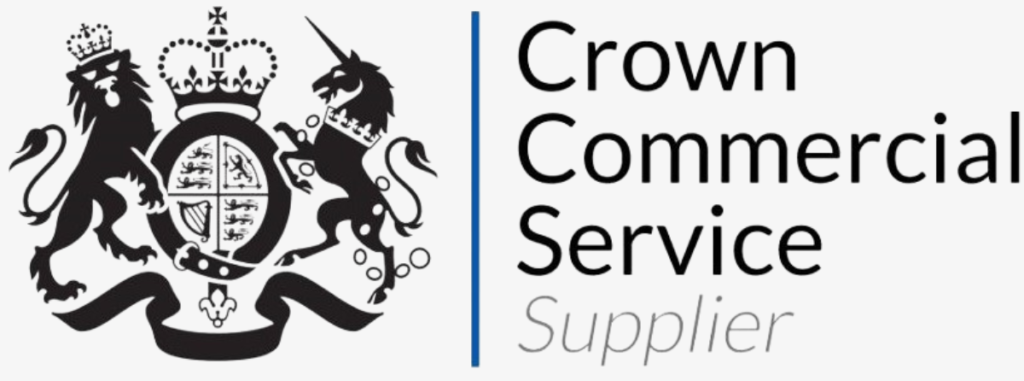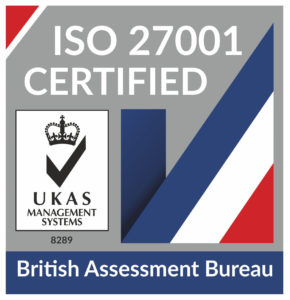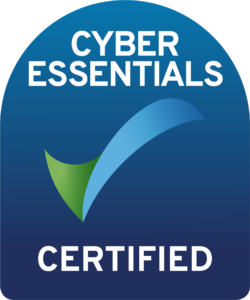
HaloITSM Guides
Documentation to assist with the setup and configuration of the HaloITSM platform
Kaseya VSA Integration
In this guide we will cover:
- Obtaining Kaseya Credentials
- Configuring the Kaseya VSA Integration
The Kaseya VSA Integration is currently only working with the Halo integrator in terms of syncing alerts from Kaseya to Halo.
Obtaining Kaseya Credentials
Obtain OAuth 2.0 credentials from the VSA Server Visit the VSA server to obtain OAuth 2.0 credentials such as a client ID and client secret that are known to both the VSA and your application. This can be done from System > Server Management > OAuth Clients. Once the client is registered, a client_id and client_secret are generated by the system. The client_id is shown on the UI post registration, and both the client_id and client_secret are sent to the email address provided at the time. The client_secret is confidential and must be stored securely by the application.
Below is an example of where this is setup in Kaseya VSA.
Fig 1. OAuth in Kaseya.
When setting this up you will need to enter a redirect URL into Kaseya VSA - this will need to be of the format https://mycompany.halopsa.com/oauth/callback where https://mycompany.halopsa.com is your Halo URL.
Fig 2. Entering a redirect URL.
Configuring the Kaseya VSA Integration
Once this is complete and you have your Client ID and Client Secret from Kaseya VSA you will need to enter these into Halo on the integration page and click Authorize to connect the application.
Go to Configuration > Integrations and then enable the integration for Kaseya.
Fig 3. Enabling the module.
Then click into the module where you can add in the credentials.
Fig 4. Setup.
Halo can import Assets and Clients from your Kaseya instance. There is an option for alert processing, but the Kaseya VSA Integration is currently only working with the halo integrator in terms of syncing alerts from Kaseya to Halo.
Kaseya URL – This is the URL of your Kaseya site. This needs to be the root of the site.
The Halo Integrator works for Clients, Assets and Alerts, all of these can be synced by adding them to the "Entities to Import" section of the integration page.
Fig 5. Alerting and integrator setup.
For setting up the Halo Integrator, checkout this guide.
When using Asset type overrides, It will allow you to map the Kaseya workstation to the Halo asset type workstation via this field (the same for servers).
Fig 6. Asset type overrides.
When adding field mappings to the mappings table (found below the Asset type overrides displayed in the above screenshot), the asset types set above in the override single selects ("Asset Type Override for Workstation Operating System" and "Asset Type Override for Server Operating System") , will be the only mapped asset types that should be used when configuring field mappings. After adding the asset type mapping, the option to map individual fields will become available per the two asset types, ignore any other asset types in the mappings options.
Popular Guides
- Asset Import - CSV/XLS/Spreadsheet Method
- Call Management in Halo
- Creating a New Application for API Connections
- Creating Agents and Editing Agent Details
- Departments and Teams
- Halo Integrator
- Importing Data
- Multiple New Portals with different branding for one customer [Hosted]
- NHServer Deprecation User Guide
- Organisation Basics
- Organising Teams of Agents
- Step-by-Step Configuration Walk Through



